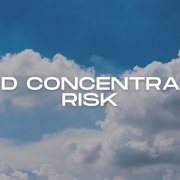Solving Air Contaminant Problems in Data Centers
RoHS-compliant products exacerbate the problem
By Christopher Muller, Dr. Prabjit Singh, G. Henry White, and Paul Finch
End users have worried about the reliability of electronic gear almost since the introduction of the circuit board. Restrictions on Hazardous Substances (RoHS), or lead-free, manufacturing regulations for electronic equipment that went into effect in 2006 only served to increase their concerns. Today companies selling consumer electronics, industrial process, and control systems products in the European Union and a few other European nations that adhere to RoHS regulations must be aware of a number of additional obligations. RoHS-compliant datacom and IT equipment, in particular, are at risk in locations with poor ambient air quality. Some data centers in urban locations have reported failures of servers and hard disk drives caused by sulfur corrosion.
As a result, new industry-accepted specifications include particulate contamination limits that specify the quantity and deliquescent relative humidity of dust. Additionally, research by ASHRAE’s Technical Committee 9.9 for Mission Critical Facilities, Technology Spaces, and Electronic Equipment led to the publication of a white paper on contamination guideline for data centers1 and the formulation of new gaseous contamination limits used to update International Society of Automation (ISA) Standard 71.04-2013.2 This research also led to the publication of an International Electronics Manufacturing Initiative (iNEMI) position paper3 and efforts to update the Chinese data center design guide GB 50174-2008.4
The Lead-Free Transition
Industry did not foresee one failure mechanism caused by the transition to lead-free products mandated by RoHS. Products with an immersion silver (ImmAg) surface finish will creep corrode in environments that electronic equipment manufacturers consider to be high sulfur (ISA Class G2 or higher).5 In high-pollution locations around the world, as a result, the number and types of corrosion failures have increased dramatically. The common component failures include hard disk drives (HDD), graphic cards, motherboards, DIMMs, capacitors, and transistors. In fact, the rate of failure has become so severe that many of the world’s leading IT and datacom equipment manufacturers have changed their warranties to include requirements for the control of corrosion due to gaseous contamination:
• Dell PowerEdge R310 Rack Server – The following airborne contaminant level supersedes the information that is present in the Getting Started Guide of your system: Airborne Contaminant Level Class G1 as defined by ISA-S71.04-1985.6
• IBM Power7 Server Series – Severity level G1 as per ANSI/ISA 71.04-1985, which states that the reactivity rate of copper coupons shall be less than 300 angstroms (Å)/month (≈ 0.0039 micrograms per square centimeter-hour
[μg/cm2-hour] weight gain). “In addition, the reactivity rate of silver coupons shall be less than 300Å/month (≈ 0.0035 μg/cm2-hour weight gain). The reactive monitoring of gaseous corrosivity should be conducted approximately 2 inches (5 cm) in front of the rack on the air inlet side at one-quarter and three-quarter frame height off the floor or where the air velocity is much higher.7
• HP Integrity Superdome 2 Enclosure – Specification: Gaseous contaminants must be at the G1 level or less as defined by ISA Standard ISA-71.04-1985.8
Contamination Control Process
With the changes to IT and datacom equipment mandated by various RoHS directives, data center owners, managers, and operators should include an environmental contamination monitoring and control section as part of an overall site planning, risk management, mitigation, and improvement plan.
The three parts of this plan should comprise:
1. Considerations for the assessment of the outdoor air and indoor environment with regards to corrosion potential. ISA Standard 71.04 can be used to provide site-specific data about the types and levels of gaseous contamination in the amount of corrosion being formed. Corrosion classification coupons (CCCs) can be used as a survey tool to establish baseline data necessary to determine whether environmental controls are needed and, if so, which ones.
2. A specific contamination control strategy. Corrosion in an indoor environment is most often caused by a short list of chemical contaminants or combination of contaminants. The contaminants present in a specific area are highly dependent on the controls put in place to mitigate them. Most of this would involve the selection and application of the appropriate chemical filtration systems to clean both the outdoor air being used for pressurization and/or ventilation as well as any recirculation air.
3. A real-time environmental monitoring program based on the severity levels established in ISA Standard 71.04. Real-time atmospheric corrosion monitors can provide accurate and timely data on the performance of the chemical filtration systems as well as the room air quality.
Often the relationship between corrosion levels and hardware failures in data centers is overlooked or unknown. However, AMD, Cisco, Cray, Dell, EMC, Huawei, Hitachi, HP, IBM, Intel, Oracle, Seagate, SGI, and others are working hard to increase awareness of the problem and it solutions. These manufacturers are also working to develop successful corrosion monitoring and control programs.
Data Center Design and Operation Requirements
Data centers are dynamic environments where maintenance operations, infrastructure upgrades, and equipment changes take place regularly, leading to possible introduction of airborne contaminants. Data centers also house other contaminants, such as chlorine, that can be emitted from PVC insulation on wires and cables if temperatures get too high.
However, outdoor air used for ventilation, pressurization and/or cooling remains the primary source of airborne contaminants. The growing use of air-side economizers for free cooling, means that even data centers located in regions without major air quality concerns may struggle to maintain an environment conducive to the protection of sensitive electronic equipment. Air used for any of these purposes should be cleaned before being introduced into the data center.
To meet warranty requirements for new IT and datacom equipment, data center owners and operators must take action to eliminate airborne contaminants from these sources. These steps include:
• Measure the reactivity (corrosion) rates inside the data center and in the outdoor air
• Seal all doors, windows, and wall penetrations in the data center
• Install room pressure monitors if the data center envelope is designed to be
positively pressured
• Measure airflow at the supply and exhaust air grills, and at each computer
room air-conditioning (CRAC) unit
• Develop a temperature and humidity profile
It is incumbent upon data center managers to maintain hardware reliability by monitoring and controlling both the gaseous and particulate contamination in their data centers. ASHRAE, in cooperation with many of the world’s leading manufacturers of computer systems, has developed guidelines that summarize the acceptable levels of contamination (See Table 1).
Environmental Assessments
ISA Standard 71.04-2013 Environmental Conditions for Process Measurement and Control Systems: Airborne Contaminants describes a simple quantitative method to determine the airborne corrosivity in a data center environment. This method, called “reactivity monitoring” involves the analysis of copper and silver sensors that have been exposed to the environment for a period of time to determine corrosion film thickness and chemistry. Silver reactivity monitoring done as part of the assessment provides a complete accounting of the types of corrosive chemical species in the data center environment.
ISA 71.04 classifies four levels of environmental severity for electrical and electronic systems providing a measure of the corrosion potential of an environment (See Table 2). The overall classification is based on the higher of the total copper and silver reactivity rates.
Corrosion Monitoring
Many options can be considered with respect to air quality monitoring for data center applications. Proper assessment of environmental conditions in the data center requires monitoring of outdoor and ambient air at various locations inside and outside the data center. In addition, consideration should be given to room size and layout to determine the proper placement and type of CCCs, which can help determine compliance with air-quality specifications, and real-time atmospheric corrosion monitors (ACMs). Data from the ACMs can help provide a statistically valid environmental assessment of corrosion rates and of corrosion control strategies. Either monitoring technique may be used to provide the data necessary to troubleshoot and mitigate contamination issues inside the data center.
CCCs are typically used for an initial survey of ambient (outdoor) air quality and the data center environment and may be used on a continuing basis to provide historical data. This is especially important where equipment warranties specify establishing and maintaining an ISA Class G1 environment. Seasonality is a major issue, and outdoor air should be assessed at different times during the year.
Real-time monitoring may also be used but should be limited to the data center environment. Where corrosion problems have been identified, ACMs placed in a number of locations can help determine if contamination is widespread or limited to a specific area. Once a baseline has been established, some of the monitors could be redeployed around the problem area(s) to gauge the effectiveness of contamination control strategies. Once the data center environment is under control and meets the conditions set forth in the manufacturers’ warranties, one can determine the best permanent ACM locations for specific needs.
There is general confidence that corrosion monitoring can be used to identify contaminant types, e.g. active sulfur, sulfur oxides, and inorganic chloride. These determinations can be verified using independent sources of environmental data (air pollution indices, satellite data, etc.) to verify the results obtained from corrosion monitoring.
Contamination Control Case Studies
The following sections include the results of environmental assessments, design, and application of chemical filtration systems and ongoing monitoring of mission critical areas from a number of data centers around the world where corrosion-related electronic equipment failures were reported.
Case Study 1. ISP Data Center
A representative of an internet service provider (ISP) reported a number of equipment failures in one of its data centers. The primary IT equipment vendor determined that the majority of failures were due to sulfur creep corrosion, most likely caused by high levels of motor vehicle pollution.
Reactivity monitoring performed inside the data center and the adjoining UPS battery room according to ISA Standard 71.04 indicated a Class GX – Severe classification for both rooms, with high levels of sulfur contamination (copper sulfide, Cu2S) in both rooms and extremely high levels of chlorine contamination (silver chloride, AgCl) in the battery room. These results are summarized in Table 3.
Based on these results and advice from the IT equipment vendor, the ISP facility manager added chemical filtration inside the data center and the battery room. Based on the size of the two spaces and the amount of air that needed to be cleaned, the data center required nine stand-alone self-contained chemical filtration systems and the battery room required two systems. These systems were optimized for the control of the acidic corrosive contaminants identified by the CCC monitoring.
Within a few days after the chemical filtration systems were installed and operational, dramatic decreases in the copper and silver corrosion rates were observed in both rooms with each now showing severity levels of ISA Class G1 (See Table 4). Further, there was no evidence of either sulfur or chlorine contamination inside either room.
Case Study 2. Internet Data Center
A small data center for a global consulting and IT outsourcing firm was experiencing repeated failures of a single component. The manufacturer performed monitoring with CCCs and found that the continuing failures were due to high sulfur content in the ambient air. The firm installed a single air cleaning system to clean and recirculate this air within the data center and an ACM to gauge the effectiveness of the chemical filtration system.
Data from the ACM were continuously collected the week before the air cleaning unit was installed and the week after chemical filtration was in place. Examination of the copper data indicated a Class G1 environment throughout the monitoring period; whereas, the silver corrosion rate dropped from ISA Class G2 to ISA Class G1 (See Figure 1). No further equipment failures have been reported.
Case Study 3. Auto Manufacturer
An automobile company was planning to expand its manufacturing capacity by building a second production facility. Ambient air quality near its location was extremely poor due to high levels of motor vehicle pollution as well as significant industrial activity in the region. A large number of IT equipment failures had been experienced in the original production facility’s IT center, which resulted in the addition of chemical filtration systems and the use of several ACMs.
During the planning stage for this second production facility, the manufacturer decided to provide for chemical filtration and air monitoring in the design of the IT center to prevent corrosion problems inside the equipment rooms (See Figure 2).
The auto manufacturer started reactivity monitoring with ACMs at the time the IT equipment became operational, and the results indicated a significant reduction in the total amount of contamination in the IT center. However, the silver corrosion rates fluctuated around the Class G1/G2 breakpoint (See Figure 3).
After re-examining the layout of the IT center, it determined that significant amounts of untreated outdoor air were being introduced into the protected spaces through the main entrance.
Although the silver corrosion rate was near the specified ISA Class G1, the owner and the IT equipment vendors agreed that steps should be taken to eliminate untreated outdoor air from the IT center Modifications to the facility were proposed and work is ongoing.
Case Study 4. Bank
The other three case studies describe the use of chemical filtration inside the protected spaces. In this example, the owner wanted to clean all the outdoor air that was being used to pressurize the data center space. This bank building was located in a major metropolitan area with high levels of sulfur contamination from coal-burning power plants as well as motor vehicle traffic.
Because the air quality was so poor relative to the IT equipment manufacturers’ air quality guidelines, air cleaning would be accomplished by:
1. Installing a chemical filtration system at the outdoor air intake of the existing HVAC system
2. Adding another chemical filtration system to deliver additional clean pressurization air under the raised floor in the data center to supplement the outdoor ventilation air
3. Installing three standalone chemical filters systems inside the data center to provide for complete distribution of the clean air. Air monitoring after chemical filtration had been installed showed a tremendous improvement in the data center air quality. Average results from 15 monitoring locations indicated an ISA Class G1 environment for both copper and silver with no evidence of sulfur contamination. These results are summarized in (See Table 5).
A few locations showed ISA Class G2 severity levels, with no specific external or internal sources of contamination identified. Team members suggested moving the CA units to provide better air distribution in these locations in an effort to maintain Class G1 area throughout the data center. Monitoring with CCCs is ongoing.
Case Study 5. Telecommunications Company
This company experienced continuing problems with corrosion-related failures of switchgear and network cards in one of its mobile switching centers (MSC). A chemical filtration system reduced the number of failures per month from an average of 36 per month to ~20 after five months of operation. Although this represented a significant improvement, the owner wanted to improve this performance even further.
The chemical filtration system had been designed to deliver the specified amount of cleaned air to the MSC when running at 70% capacity. The system was adjusted to increase the amount of air delivered to the MSC. The system is now operating at 90% capacity and since then the number of failures has dropped below 10 per month (See Figure 4).
The IT manager is currently considering whether to add additional chemical filtration systems to see if corrosion-related failures can be eliminated altogether.
Case Study 6. Telecommunications Company 2
This company experienced problems with IT equipment failures and was not willing to provide space inside the data center for chemical filtration systems. It was also discovered that the existing HVAC system supplying ventilation air could not be modified to accept chemical filters. Therefore, the only option available was to replace the existing particulate filters installed in the CRAC units located inside the data center with combination particulate/chemical filters.
Before committing to upgrading all of the CRAC units serving the data center, the owner wanted to determine whether this was a practical and effective solution. As a test, the filters in one CRAC unit were replaced with these combination filters and reactivity monitoring was performed at the inlet of the CRAC unit and in the Cold Aisle supplied by this unit.
Reactivity monitoring performed with an ACM for several days prior to the installation of the new filters indicated an ISA Class G1 copper severity rate but a mid-to-high Class G2 rate for silver. After installation of the filters, the silver reactivity rate immediately fell almost 90% (See Figure 5). This result convinced the customer to put these combination chemical/particulate filters in the all of the remaining CRAC units. The data center has not reported additional equipment failures.
Conclusions
Data centers located in areas with high ambient air pollution, whether from stationary or mobile sources, can experience corrosion-related hardware failures due to the changes in electronic equipment first mandated by the implementation of the European Union (EU) RoHS regulations in 2002 and in more than a dozen countries since that time.
These regulations, along with the continuing reductions in circuit board feature sizes and miniaturization of components necessary to improve hardware performance, makes today’s electronic hardware more prone to attack by airborne contaminants. Manufacturers have to maintain the reliability of their equipment; therefore, the need to control airborne contaminants and to specify acceptable limits in data centers is now considered to be critical to the continued reliable operation of datacom and IT equipment.
Increases in corrosion-related electronic hardware failures have led to new IT and datacom equipment warranties that require environmental corrosion (reactivity) monitoring and control of airborne contamination where necessary. These additional measures are especially important for urban areas with elevated pollution levels and for locations near industrial facilities, seashores, and other sources that could produce corrosive airborne contaminants.
ISA Standard 71.04 has been updated to now include silver corrosion monitoring as a requirement in determining environmental severity levels. Many manufacturers of datacom and IT equipment currently reference this standard in their site planning / preparation guidelines as well as their terms and conditions for warranty compliance. The addition of silver corrosion rates as a required metric serves to bridge the gap between ambient environmental conditions and the reliability of RoHS-compliant (lead-free) electronic equipment.
Ongoing research will serve to further refine Standard 71.04 both quantitatively and qualitatively. This along with continuing advancements in the monitoring and control of corrosive contaminants will help to prevent costly and potentially catastrophic failure of critical electronic equipment.
References
1. ASHRAE. 2011. 2011 Gaseous and Particulate Contamination Guidelines for Data Centers. Atlanta: American Society of Heating, Refrigerating, and Air-Conditioning Engineers, Inc.
2. ISA. 2013. ANSI/ISA 71.04-2013 (in print): Environmental Conditions for Process Measurement and Control Systems: Airborne Contaminants. Research Triangle Park: International Society for Automation
3. iNEMI 2012. iNEMI Position Statement on the Limits of Temperature, Humidity and Gaseous Contamination in Data Centers and Telecommunication Rooms to Avoid Creep Corrosion on Printed Circuit Boards
4. China National Standard GB 50174-2008: Code for Design of Electronic Information System
5. Muller, C.O. and Yu, H., “Controlling Gaseous and Particulate Contamination in Data Centers,” Proceedings of SMTA China South Technical Conference, Shenzhen, China, 2012.
6. Airborne Contaminant Level Update. July, 2010. © 2013 Dell Inc.
7. Power7 information: Environmental design criteria. July, 2012. © 2013 IBM Corporation.
8. Muller, C. and Yu, H., 2013. “Air Quality Monitoring for Mission Critical / Data Center Environments,” CEEDI White Paper on Data Center Monitoring Systems, China Electronics Engineering Design Institute, Beijing, China.
 Chris Muller is the technical director and Global Mission Critical Technology manager at Purafil, Inc. (Doraville, GA), and is responsible for Purafil’s Data Center Business Development program as well as for technical support services and various research and development functions. Prior to joining Purafil, he worked in the chemical process and pharmaceutical manufacturing industries in plant management and quality assurance/quality control.
Chris Muller is the technical director and Global Mission Critical Technology manager at Purafil, Inc. (Doraville, GA), and is responsible for Purafil’s Data Center Business Development program as well as for technical support services and various research and development functions. Prior to joining Purafil, he worked in the chemical process and pharmaceutical manufacturing industries in plant management and quality assurance/quality control.
He has written and spoken extensively on the subject of environmental air quality and the application and use of gas-phase air filtration, corrosion control and monitoring, electronic equipment reliability, and RoHS and counts over 120 articles and peer-reviewed papers, more than 100 seminars, and 7 handbooks to his credit. Mr. Muller has edited chapters in two handbooks on the application and use of gas-phase air filtration, wrote the chapter on gas-phase air filtration in the NAFA Air Filtration Handbook and the chapter on airborne molecular contamination in the Semiconductor Manufacturing Handbook published by McGraw-Hill.
Mr. Muller has consulted on the development of environmental air quality guidelines in mission critical applications for companies such as Dell, Google, HP, Huawei, IBM, and Morgan Stanley. He has worked with the China Electronics Engineering Design Institute (CEEDI) to update China National Standard GB 50174-2008: Code for Design of Electronic Information System.
 Dr. Prabjit (PJ) Singh is a senior technical staff member in the Materials and Processes Department in IBM Poughkeepsie, NY, with 34 years of experience in the metallurgical engineering aspects of mainframe computer power, packaging, cooling, and reliability. He has more than 36 patents and is an IBM Master Inventor.
Dr. Prabjit (PJ) Singh is a senior technical staff member in the Materials and Processes Department in IBM Poughkeepsie, NY, with 34 years of experience in the metallurgical engineering aspects of mainframe computer power, packaging, cooling, and reliability. He has more than 36 patents and is an IBM Master Inventor.
Dr. Singh received a B. Tech. from the Indian Institute of Technology and an MS and Ph.D. from the Stevens Institute of Technology, all in the field of metallurgical engineering. Recently, he received a MS in microelectronic manufacturing from Rensselaer Polytechnic Institute and an MS in electrical engineering from the National Technological University. He is an adjunct professor of electrical engineers at the State University of New York at New Paltz.
Henry White joined HP in 1980, where he has mainly served in HP Focus on Customer Site Environment for product reliability, safety, and POR-like efficiencies. His experience in this area includes site-caused product corrosion, power quality, lightning protection, high-density data center cooling, electrical codes, safety, and regulatory engineering.
Within that framework, he has visited many customer sites worldwide to measure and gauge problems. He used developing techniques to understand zinc whiskers and their effects. He has also develo ped the on-site measurement techniques in China for site-specific corrosion.
ped the on-site measurement techniques in China for site-specific corrosion.
Mr. White has conducted and delivered training for Worldwide HP field teams to understand site-specific topics and better serve HP customers. In parallel with his duties for site environment characterization, he utilizes HP’s ISO 9001 Quality Management processes for new large server introductions and HP Cloud programs to continually improve its product offerings.
Paul Finch is a technical director, EMEA Design & Construction, at Digital Realty. He is the leading  expert for mechanical engineering and energy engineering having both strategic and project responsibilities. Since joining the company in 2010, he has published a collection of European design engineering guides and led many successful major developments across London, Amsterdam, Paris, Dublin, and Singapore markets. Mr. Finch has more than 25 years of progressive experience in engineering, construction and property consulting, focused on technical real estate and high dependency mission critical environments in the banking and finance, technology and telecommunications sectors.
expert for mechanical engineering and energy engineering having both strategic and project responsibilities. Since joining the company in 2010, he has published a collection of European design engineering guides and led many successful major developments across London, Amsterdam, Paris, Dublin, and Singapore markets. Mr. Finch has more than 25 years of progressive experience in engineering, construction and property consulting, focused on technical real estate and high dependency mission critical environments in the banking and finance, technology and telecommunications sectors.






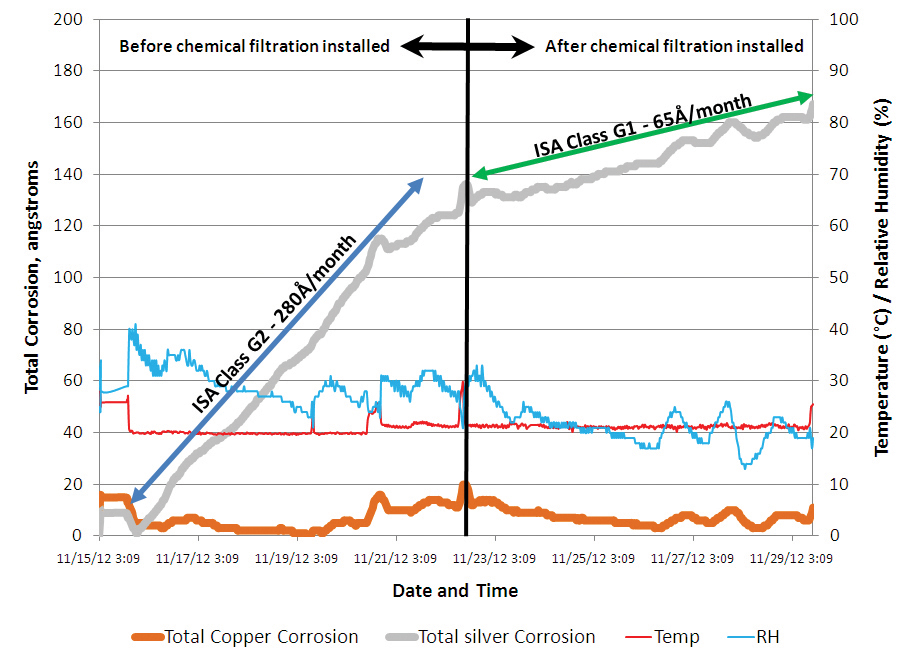
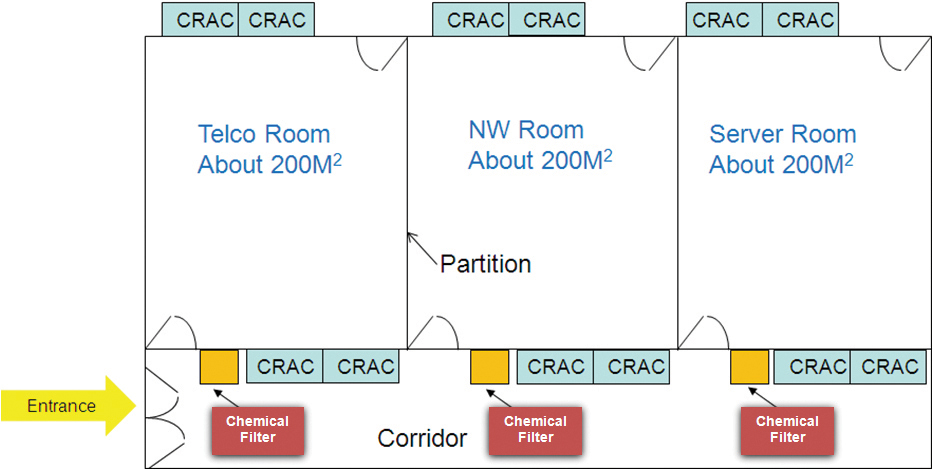
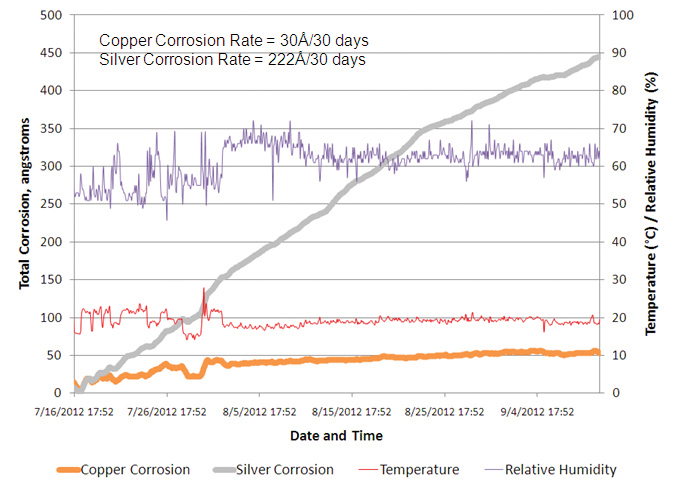
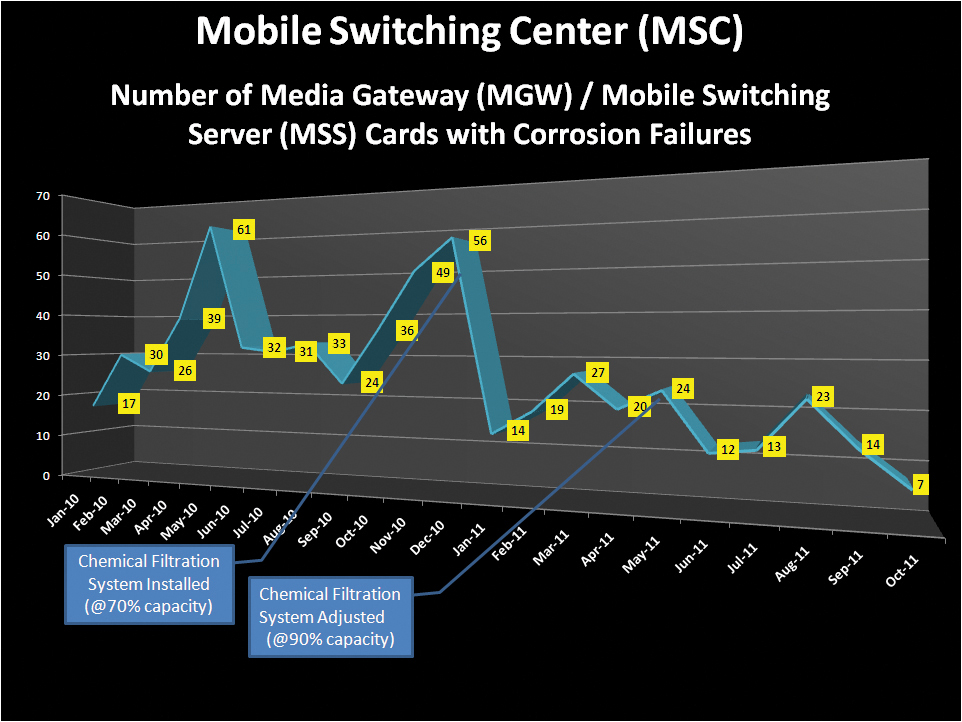

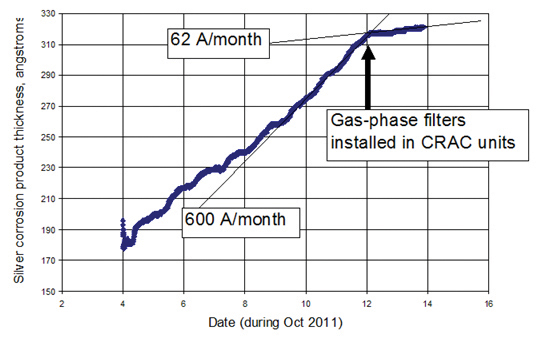





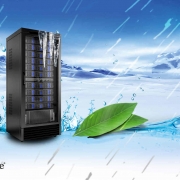 UI 2021
UI 2021